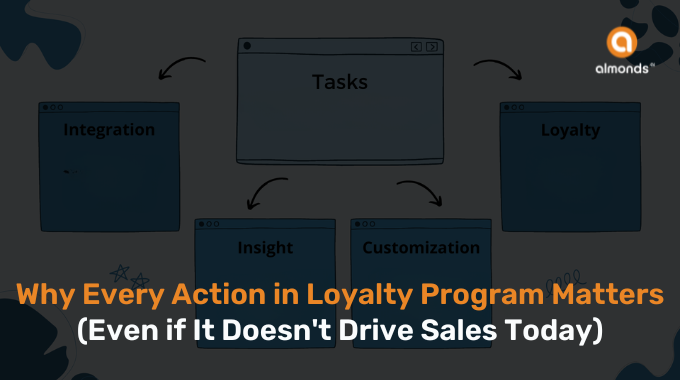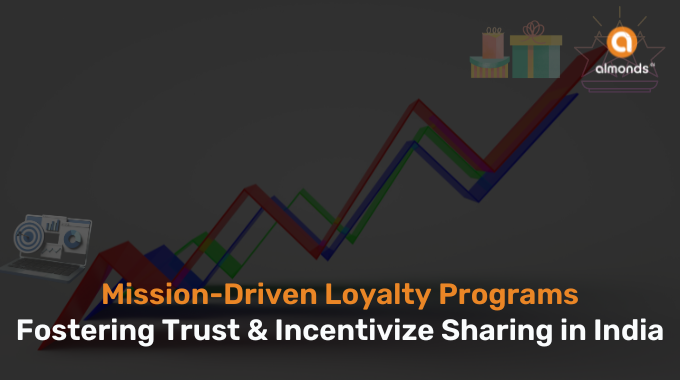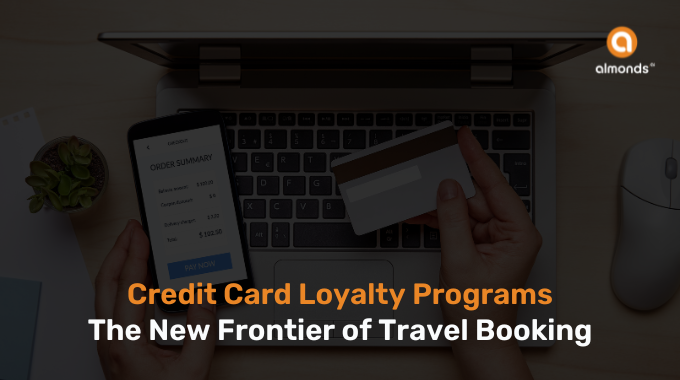In the fast-paced world of customer loyalty management, the pressure to deliver immediate results is immense. Businesses constantly track metrics, analyze data, and tweak their Loyalty Rewards Programs (LRPs) to optimize sales conversions. But what if we told you that not every action in your loyalty program needs to be directly tied to an immediate sales increase?
While driving sales is certainly a core objective, successful loyalty programs go beyond the transaction. They foster brand loyalty, build emotional connections, and ultimately, create long-term brand advocates. Here’s why seemingly non-sales-driven activities within your LRP are crucial for success:
1. Building Trust and Emotional Connection
Loyalty programs are about more than points and discounts. They offer an opportunity to connect with customers on a deeper level. By offering exclusive experiences, personalized rewards, or simply providing excellent customer service, you foster trust and build an emotional bond with your brand. This emotional connection is a powerful motivator, encouraging customers to choose you over competitors, even if the price isn’t always the lowest.
2. Creating a Community
Loyalty programs can be a powerful tool for building a community around your brand. By offering member-only forums, exclusive events, or early access to new products, you create a sense of belonging. This fosters a loyal customer base who actively engage with your brand and become your biggest cheerleaders.
3. Encouraging Repeat Business
While a discount might not incentivize an immediate purchase, it can nudge a customer towards your brand when they’re ready to buy. Loyalty programs that reward repeat purchases encourage customers to stay engaged with your brand for the long term. This consistent engagement translates into a higher customer lifetime value and a more predictable revenue stream.
4. Gathering Valuable Customer Insights
Loyalty programs provide a wealth of data about your customers’ preferences and buying habits. By analyzing reward redemption patterns, engagement levels, and feedback, you gain deeper insights into what truly resonates with your audience. This valuable information can be used to refine your marketing strategies, product offerings, and overall customer experience, ultimately driving long-term growth.
The Lenskart Case Study: Prioritizing Customer Delight
Now, let’s look at a real-world example of how a company prioritized customer delight over immediate sales figures, ultimately leading to success. Lenskart, a leading Indian eyewear brand, faced a decision about their delivery speed. Data suggested that slower delivery times were acceptable. However, Lenskart went against the grain, launching their “3 or Free” initiative, promising a 50% cashback for deliveries exceeding 3 days.
While the initial analysis didn’t show a significant sales jump, Lenskart saw a surge in customer support inquiries about the program. Instead of focusing solely on numbers, they recognized this as a sign of deeper customer engagement. Customers were interested and curious, reflecting a stronger connection with the brand.
Lenskart continued to prioritize customer delight with their recent Next Day Delivery launch. Despite initial skepticism, they focused on exceeding expectations. Today, they receive hundreds of delighted customer messages daily, highlighting the success of their approach.
Key Takeaways for Your Loyalty Program
- Focus on customer experience and emotional connection. Your rewards program should engage customers and make them feel valued.
- Don’t be afraid to experiment. Try new strategies to see what resonates with your audience.
- Data is valuable, but it’s not everything. Consider qualitative feedback and customer engagement when measuring success.
- The ultimate goal is long-term loyalty. Build a community and encourage repeat business through meaningful interactions.
By understanding the importance of non-sales-driven activities within your Loyalty Rewards Program, you can build deeper customer connections and cultivate a loyal base that drives long-term success for your business.









